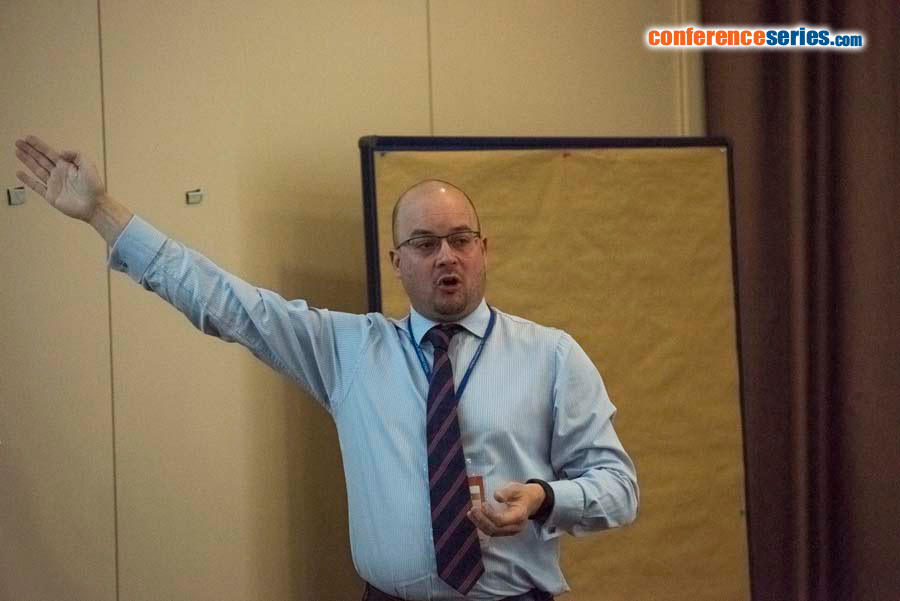
Marc Griffiths
University of the West of England, UK
Title: The impact of new hybrid imaging technology on the nuclear medicine workforce: Opportunities and challenges
Biography
Biography: Marc Griffiths
Abstract
Health professionals across the world now work within an environment of flux and uncertainty, which inevitably presents new opportunities and challenges for the workforce in terms of developing new skills and knowledge. The introduction of any new hybrid imaging technology may require appropriate staff training, considerations for service redesign and patient workflow dynamics, as part of the change process. Staffing a modern hybrid imaging environment requires a skilled and competent workforce, who should have the opportunity to further develop their working practice and clinical service provision. Balancing the needs of effective service delivery, workforce development and holistic patient-centric care requires careful planning and collaboration with a range of healthcare professionals. Introducing new hardware and software technology requires appropriate social frameworks, which may include ensuring clarity of role and responsibilities in order that the emerging relationship with the patient is maintained. There is a potential danger of ‘patient objectification’ during high technology examinations, such as hybrid imaging techniques and the subsequent dehumanization process that may occur. Creating an environment where workforce flexibility is present, in terms of understanding the position of new technology within the patients’ journey and a greater understanding of the need to reshape the delivery of such clinical services, is paramount to the ongoing development of hybrid imaging within the modern healthcare domain.




